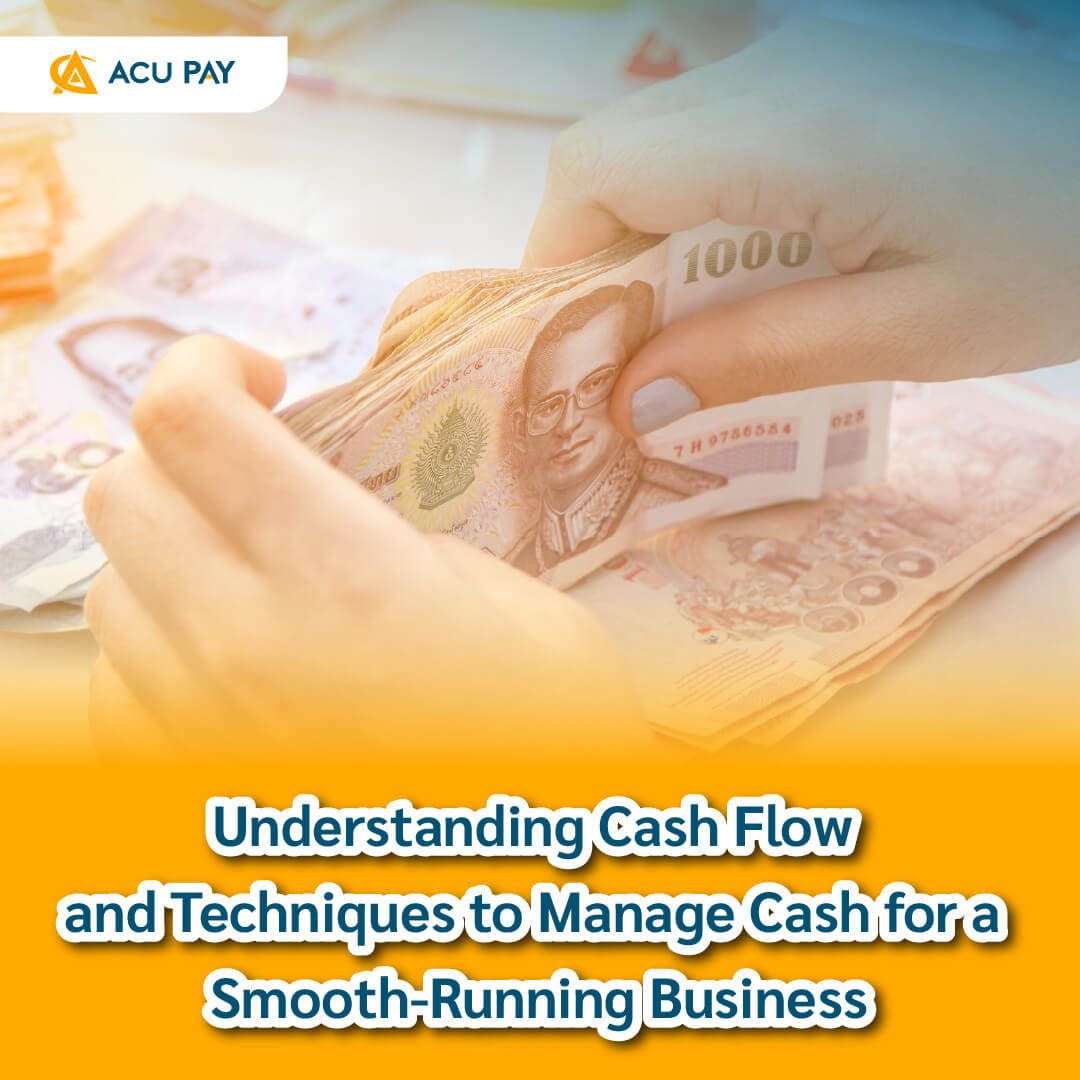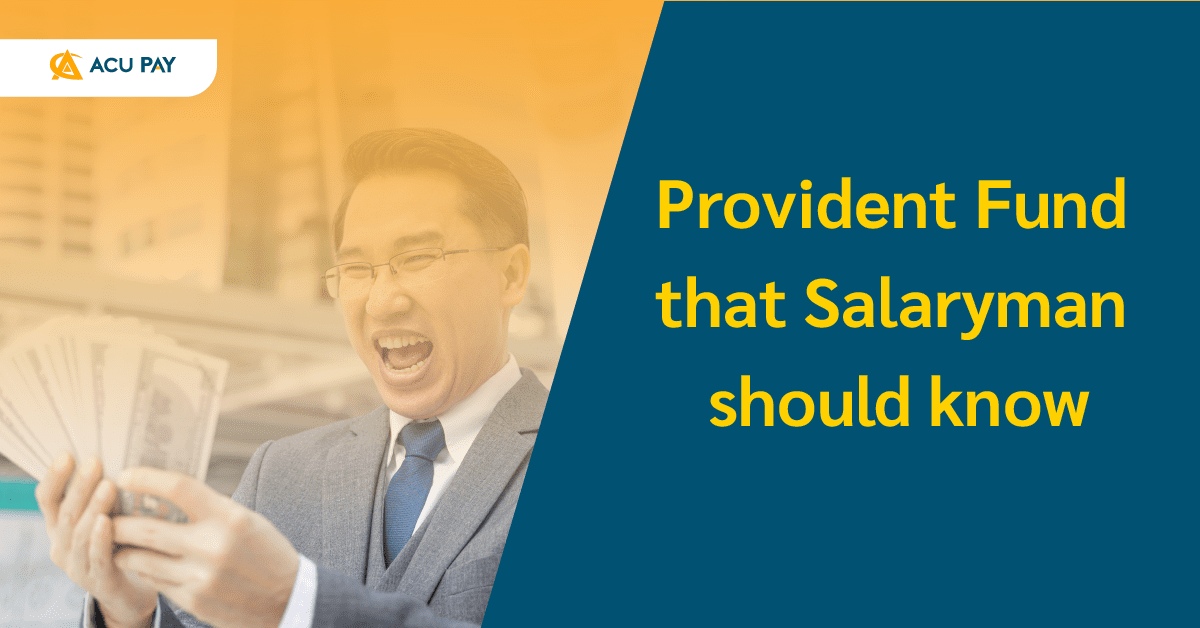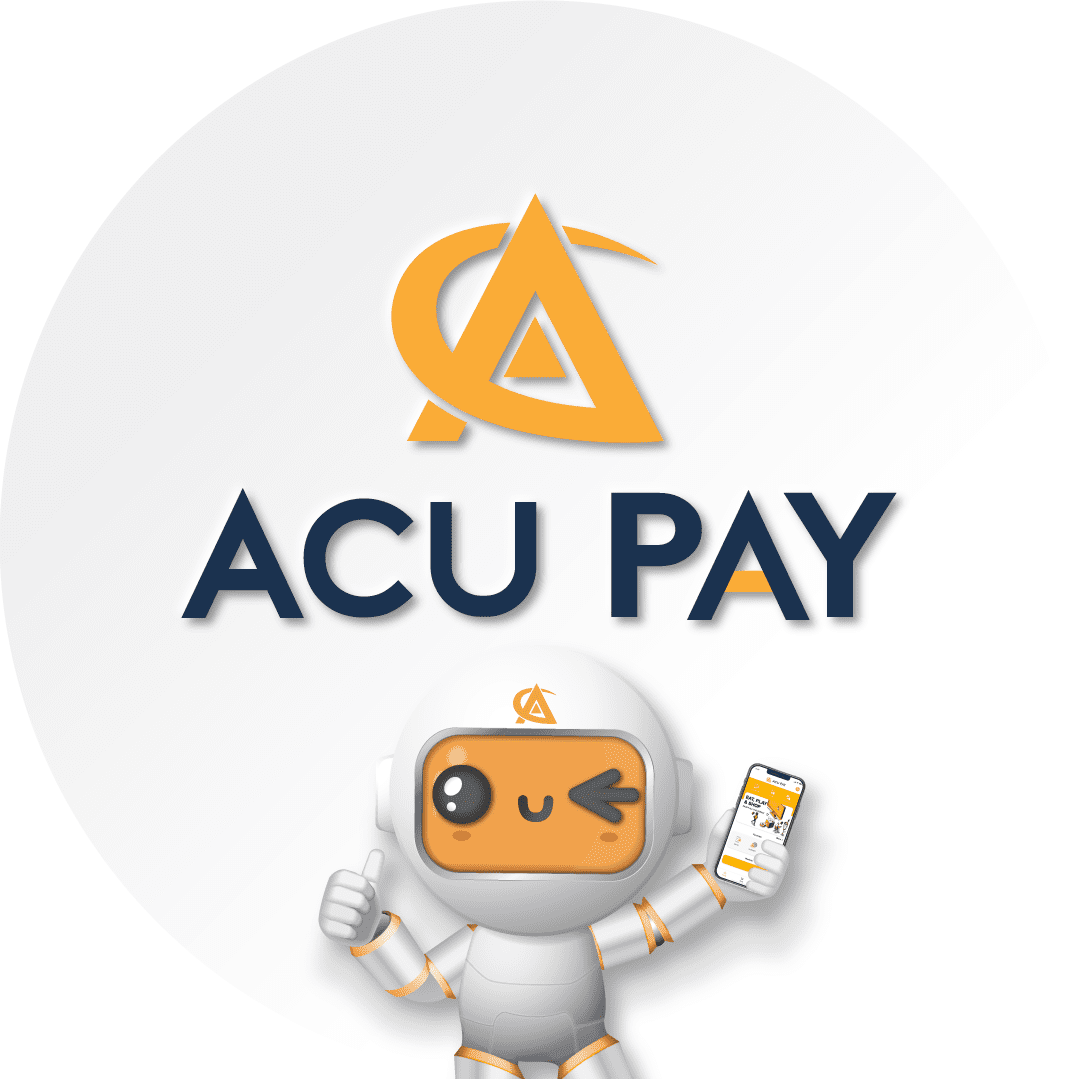

Provident Fund or PVD is a fund established by the employer together with its employees voluntarily. This will allow employees to have savings when they retire, resign, disability, or as collateral for their families if the employees die.
It consists of money that the employee, who is a member of the fund, pays and a subsidy paid by the employer, which is intended as collateral for members and their families in case they resign, retire, have a disability, or die.
1. Accumulated Money
It is the money that “employees” pay into a fund for themselves. By law, it can be collected from 2-15% of salary.
Benefits: It is like receiving more wages from employers’ contributions as higher income benefits when they resign or retire, as collateral for their families in case members have disabilities or die, as an opportunity to save more money for themselves and their families, and receive tax benefits.
2. Subsidy
It is money that the “employer” pays into the employee’s fund. By law, it requires the employer to pay a subsidy from 2-15% but must be at a rate not lower than the employee’s accumulated money.
Benefits: Increase employee motivation to work more efficiently, reduce employer burden in paying pension, receive tax benefits, create a good corporate image, and as a tool to reduce employee entry and exit rates.
This provident fund will have a professional called “Management Company” or “Asset Management Company” to invest money in various types of financial instruments selected by the fund members such as investments in deposits, debt securities, stocks, etc. When there is interest, the earned interest will be averaged to all members in proportion to the amount each person has in the fund which is called “The benefit of accumulated money” and “the benefit of subsidy”
It can only be obtained by quitting work or funds, and retirement, including death and disability. Accumulated money and benefits may be different according to the conditions of each company. For example, some companies may determine the right to receive contributions and benefits depending on the working period. However, members will receive a full amount of their accumulated earnings benefits regardless of their working age.
In case of resignation, provident fund members can continue to collect money in their original form by;
If the employees do not wish to transfer money to the fund, it is possible to maintain the fund at the same amount according to the time that was scheduled, but they need to pay a fee. In addition, they can resign from a provident fund membership but have to pay personal income tax if they are not fully 55 years old and the time of fund membership is less than 5 years.
In addition, provident funds are considered one of the saving tools that are used for retirement. However, even though provident funds are long-term savings and there are fund managers from asset management companies to look after our members’ money, we need to keep track of our investments for future growth.

ให้ทุกเรื่องการเงินเป็นเรื่องง่าย เริ่มต้นวันดีๆ ไปกับเรา MAKE A GREAT DAY WITH ACU PAY